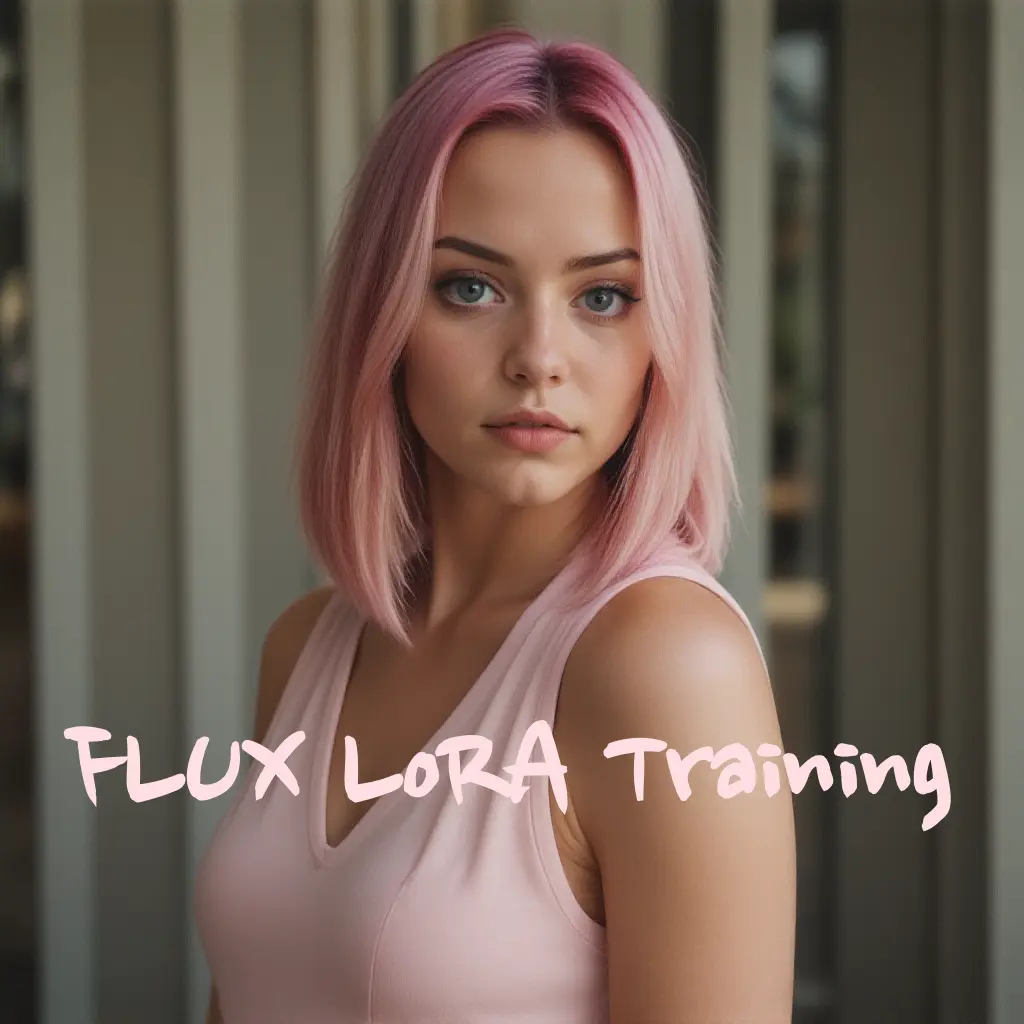ComfyUI Node: Image to Video
LumaImage2Video
CategoryLumaAI
pedrogengo (Account age: 1396days) Extension
ComfyUI-LumaAI-API Latest Updated
2025-03-31 Github Stars
0.2K
How to Install ComfyUI-LumaAI-API
Install this extension via the ComfyUI Manager by searching for ComfyUI-LumaAI-API- 1. Click the Manager button in the main menu
- 2. Select Custom Nodes Manager button
- 3. Enter ComfyUI-LumaAI-API in the search bar
Visit ComfyUI Online for ready-to-use ComfyUI environment
- Free trial available
- 16GB VRAM to 80GB VRAM GPU machines
- 400+ preloaded models/nodes
- Freedom to upload custom models/nodes
- 200+ ready-to-run workflows
- 100% private workspace with up to 200GB storage
- Dedicated Support
Image to Video Description
Transform static images into dynamic video sequences with smooth transitions using advanced AI techniques for engaging content creation.
Image to Video:
LumaImage2Video is a powerful node designed to transform a static image into a dynamic video sequence. This node leverages advanced AI techniques to generate smooth and visually appealing transitions from an initial image to a final image or generation. The primary benefit of using LumaImage2Video is its ability to create engaging video content from still images, making it an invaluable tool for AI artists looking to add motion and life to their creations. By specifying keyframes and generation IDs, you can control the start and end points of the video, ensuring that the resulting animation aligns perfectly with your creative vision. This node is particularly useful for creating video content for social media, presentations, or any project that requires a dynamic visual element.
Image to Video Input Parameters:
init_image_url
This parameter specifies the URL of the initial image from which the video will start. It is essential for defining the starting point of the video. If provided, the video will begin with this image. Ensure the URL is accessible and points to a valid image file.
final_image_url
This parameter specifies the URL of the final image where the video will end. It is crucial for defining the ending point of the video. If provided, the video will transition smoothly to this image. Ensure the URL is accessible and points to a valid image file.
init_generation_id
This parameter specifies the ID of an initial generation to start the video. It is an alternative to providing an initial image URL. If provided, the video will begin with this generation. Ensure the ID is valid and corresponds to an existing generation.
final_generation_id
This parameter specifies the ID of a final generation to end the video. It is an alternative to providing a final image URL. If provided, the video will transition smoothly to this generation. Ensure the ID is valid and corresponds to an existing generation.
prompt
This parameter allows you to provide a textual prompt that guides the AI in generating the video content. The prompt should be descriptive and relevant to the desired video output. It helps the AI understand the context and style of the video you want to create.
Image to Video Output Parameters:
new_generation_id
This parameter provides the ID of the newly created video generation. It is essential for referencing the generated video in subsequent operations or for further processing. The ID ensures you can easily locate and utilize the generated video content.
completed
This parameter indicates whether the video generation process has been completed successfully. It is a boolean value that helps you determine if the video is ready for use. A value of True means the video generation is complete, while False indicates it is still in progress.
Image to Video Usage Tips:
- Ensure that the URLs provided for the initial and final images are accessible and point to valid image files to avoid errors during video generation.
- Use descriptive and relevant prompts to guide the AI in creating video content that aligns with your creative vision.
- If you have existing generations, use their IDs to create smooth transitions between different stages of the video.
Image to Video Common Errors and Solutions:
"You must provide at least one generation id"
- Explanation: This error occurs when neither an initial nor a final generation ID is provided.
- Solution: Ensure that you provide at least one valid generation ID to define the start or end point of the video.
"You cannot provide both an init image and an init generation"
- Explanation: This error occurs when both an initial image URL and an initial generation ID are provided simultaneously.
- Solution: Provide either an initial image URL or an initial generation ID, but not both.
"You cannot provide both a final image and a final generation"
- Explanation: This error occurs when both a final image URL and a final generation ID are provided simultaneously.
- Solution: Provide either a final image URL or a final generation ID, but not both.
Image to Video Related Nodes
RunComfy is the premier ComfyUI platform, offering ComfyUI online environment and services, along with ComfyUI workflows featuring stunning visuals. RunComfy also provides AI Models, enabling artists to harness the latest AI tools to create incredible art.


